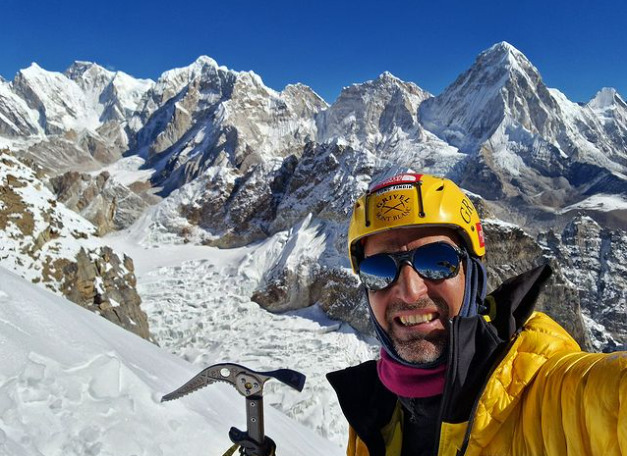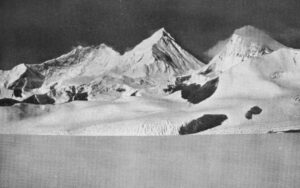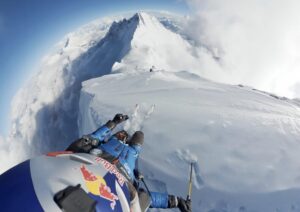At least one person will attempt Everest without oxygen this spring, although he will go with personal sherpa support. Tunc Findik of Turkey will climb with Seven Summit Treks. He told ExplorersWeb why he has no wish to go self-sufficiently.
“I saw too many people dead,” says Findik, who has already finished the 14×8,000’ers and summited Everest twice. “I don’t want to join their ranks yet.”
He plans to use all the logistics that a bigger expedition provides. “That way, my only concern will be to cope with altitude and myself,” says Findik.
This is more a personal challenge than a well-publicized record quest for him. “I am not certain at all that I will accomplish this,” he admits. “[But] I know any peak or climb is not worth losing a finger or a toe, much less your life.”
Findik says he won’t use personal sherpa support on his rotations before the final push. But on summit day, he will have someone at his side with a spare oxygen system, in case he gets into trouble.
It’s only a climb
If Findik isn’t feeling well, will he use oxygen to keep going up?
“For sure,” he says bluntly. “There is no rule that says you must die sticking to ethics. It is only a climb.”
Findik’s broad experience will work in his favor. He has already summited Everest from both sides, in 2001 and 2007. “I am familiar with what is waiting for me, so mentally I am good,” he says.
He has always wanted to climb Everest without oxygen at some point in his career.
“I know it is a rather risky proposition, though doable if conditions are right,” he says.
Findik has done 25 expeditions to 8,000m peaks. He has already climbed nine of the 14 8,000’ers without O2. When he turned to gas, it was always above 8,000m.
“I know myself very well at altitude but I am also aware that Everest is a 9,000m peak rather than an 8,000’er. So this will be the hardest thing I’ve attempted in my life.”
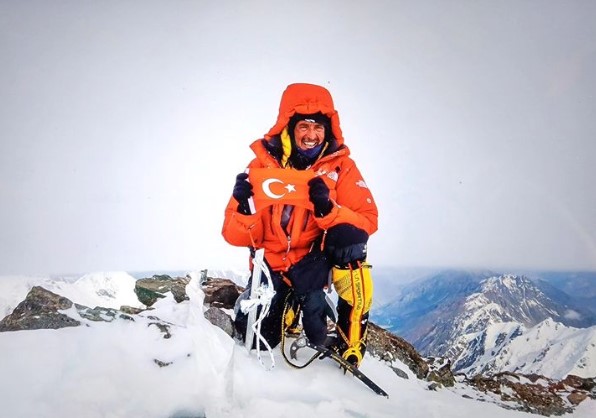
Findik on the summit of Nanga Parbat, his 14th 8,000’er, last year. Photo: Tunc Findik
Strategy
Instead of rotating up and down the mountain, Findik will climb Island Peak and Ama Dablam before heading to Everest in May.
“There, I intend to sleep in C3 and C4 to complete my acclimatization,” he said. “That way, I will not get bored and will also avoid crowds until the end.”
Crowds are indeed Findik’s main concern.
“Crowds can be lethal, not only during the summit push but also at the Khumbu Icefall,” he said. “I’ll try to attempt the summit during the last days of May after many of the teams have gone home.”
The climber knows the weather may be more unstable as the monsoon approaches but he hopes for a summit window.
“I would not like to try to summit as part of a huge line of people, with or without oxygen.”
Anyone else?
Findik says that he is not aware of anyone else trying Everest without O2 this year.
Frank Loke of Norway, who summited Everest in 2021 and K2 in 2022, said last year that he will attempt Everest no-O2 in 2024. But so far, no word from him.
Allie Pepper of Australia wants to climb all the 8,000’ers without oxygen. This spring, her first goal is Annapurna. Afterward, she might consider another peak, and Everest is a possible candidate. Last year, she reached Everest’s Balcony at 8,450m without oxygen. There, she chose to turn around rather than use bottled oxygen.
We have asked Loke and Pepper for more information and await their replies.
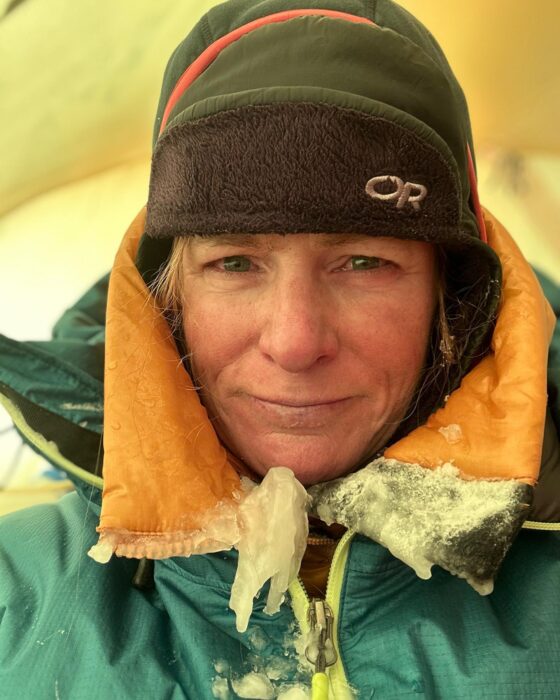
Allie Pepper heads down from last year’s Everest no-O2 attempt. Photo: Facebook
We have no news of any climber attempting Everest without sherpa support. Using the fixed ropes is virtually unavoidable on that busy mountain, but hard-core climbers can still carry their own tent, gear, and supplies and avoid any personal support from sherpa guides.
The question is not who will try to climb Everest independently this year, but whether anyone will. Kilian Jornet, the strongest candidate, confirmed to ExplorersWeb that he will not go to Nepal this spring. Neither will Russians Vitaly Lazo and Anton Pugovkin.
David Goettler did achieve the feat in 2022. On the other hand, Suhajda Szilard of Hungary lost his life trying last year.
